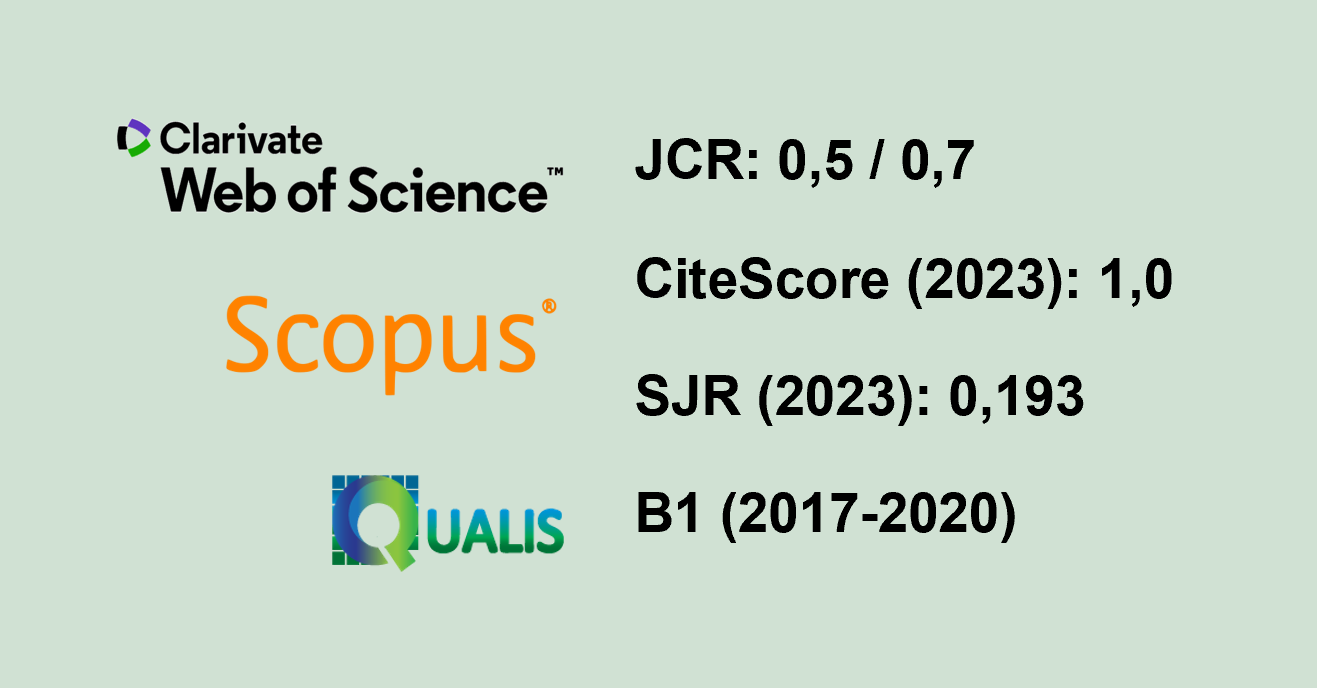GERMINATION AND POST-SEMINAL DEVELOPMENT OF Astrocaryum murumuru MART. PROGENIES
Keywords:
Arecaceae, Seed, SeedlingAbstract
Astrocaryum murumuru is a palm tree whose seeds have been exploited in an extractive way by traditional populations in the Amazon, providing raw material to the cosmetic industry, with lack of information about its propagation. Thus, the aim of this study was to characterize seeds, germination, and seedling development of different A murumuru progenies. Seeds from six racemes from different plants were used, which were physically characterized and sown in a completely randomized design, with six treatments (progenies) and four replicates. Description, illustration, and quantification of the mean time of the different seedling stages were performed. On average, the diameter, length, and mass of soaked seeds were 17.1 ± 1.2 mm, 28.4 ± 5.8 mm, and 3.3 ± 0.6 g, respectively. A. murumuru germination is of adjacent type, with the cotyledon sheath developing next to the seed. Seedling development took an average of 46 ± 28 days to reach the germinative bud stage and 225 ± 38 days to reach the third expanded eophyll stage. The emergence of the first cataphyll (normal seedling) ranged from 12 to 73% among progenies, which occurred in an average time of 73 ± 29 days. There is a need to improve the processing of A. murumuru seeds aiming to reduce seed loss during this process, as well as studies on seed dormancy. Progenies showed variation regarding the physical and physiological characteristics of seeds and seedlings. Germination and seedling development can be considered slow, with variable times among progenies.
Keywords: Arecaceae; Seed; Seedling
Downloads
Published
How to Cite
Issue
Section
License
Copyright (c) 2022 Revista Árvore

This work is licensed under a Creative Commons Attribution 4.0 International License.
All authors agreed to submit the work to Revista Árvore and granted the exclusive license to publish the article. The authors affirm that it is an original work and has not been previously published elsewhere. The scientific content and opinions expressed in the article are the sole responsibility of the authors and reflect their opinions, not necessarily representing the opinions of the editorial board of Revista Árvore or of the Society of Forest Investigations (SIF).




